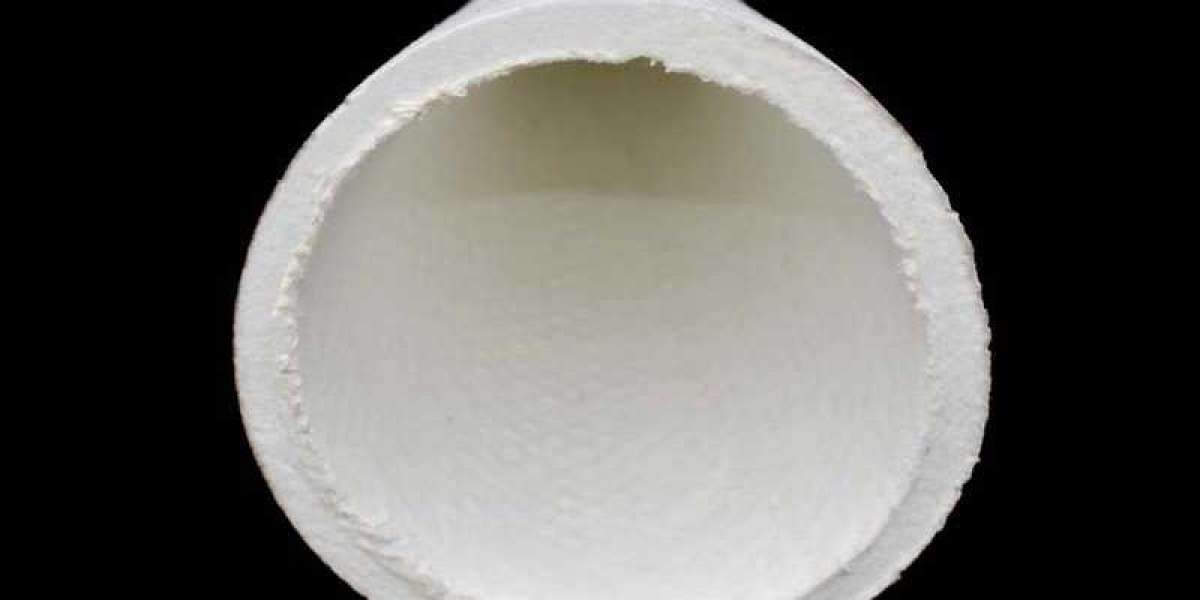The Ceramic Fiber Cones are made of high-quality ceramic fiber cotton vacuum forming process, which has the rigidity and strength of high temperature performance, low thermal shrinkage, high heat insulation, light weight, and good impact resistance. Ceramic fiber plug cone meets the high temperature insulation requirements of certain industrial sectors.
Due to the uncertainty of the shape of the vacuum-formed special-shaped product, ceramic fiber plug cone must be produced according to the customer's drawings.
Ceramic Fiber Cones Technical Features:
Low thermal conductivity, low heat capacity
Tough texture, strong resistance to wind erosion
Excellent construction and installation performance
Excellent thermal shock resistance and thermal stability
Ceramic Fiber Cones Application:
- Industrial kiln observation hole, thermometer insertion hole
- Industrial furnaces, furnace doors
- Water collection tanks and chutes in the aluminum product industry
- Thermal radiation insulation of civil and industrial heating equipment
- Non-ferrous metal grooves, groove linings, casting covers
- Connection gasket for electromechanical equipment
Ceramic fiber plug cones also refer to Vacuum Formed Tap Out Cone, Refractory Fiber Cone, Furnace Tapout Cone, Ceramic Fiber Tap, etc.
Most aluminum smelting furnaces or holding furnaces in the aluminum casting industry have aluminum nozzles, which are sealed with high-temperature ceramic fiber plugs to control the flow of aluminum water. The ceramic fiber plug is made of 1260°C high-purity ceramic fiber cotton by vacuum forming with special equipment, advanced equipment and production technology. Each ceramic fiber plug has a flat surface, and has appropriate hardness and flexibility, suitable for mechanical or manual plugging.
The ceramic fiber shaped parts are all shaped products that meet the specific production steps of certain industrial sectors. Each type of tap-out cone product needs to be made into special mold according to its shape and size. According to the performance requirements of the products, the unused bonding agents and additives are selected to meet requirements.


